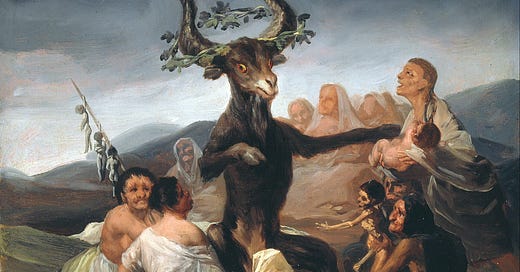Greetings
As Halloween is round the corner, I thought I would provide you with a selection of fine horror films to help set the mood. Well, when I say “fine” that may be an exaggeration. As with my previous list of misfit horror, some of these movies are, shall we say, not quite right. Yet each one is entertaining in its own way: perhaps through a mood…
Keep reading with a 7-day free trial
Subscribe to Thus Spake Daniel Kalder to keep reading this post and get 7 days of free access to the full post archives.




